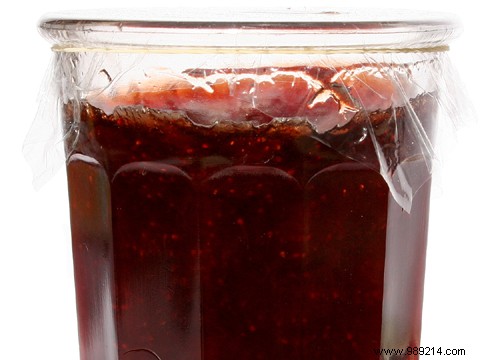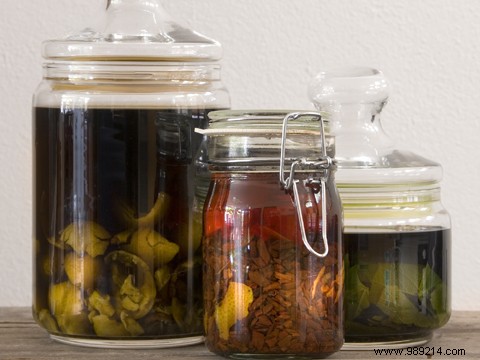The principle of gardening is to grow fruits and vegetables that will serve as food, of course. Unfortunately the production of the vegetable garden and the orchard is mainly concentrated in the summer and it is not possible to consume everything. It is therefore becoming urgent to find conservation systems that allow you to take advantage of this production in winter when the garden is dormant.
Nothing is easier than freezing to store many fruits and vegetables:a plastic bag, a tray or a plastic box and you're done. Green beans, peas, cauliflower, beans and all red fruits stand up very well to freezing. For tomatoes or zucchini, it is better to freeze them cooked in ratatouille for example or stuffed. Compotes of peaches, pears or apples will be frozen without worries. Remember to also make ice cubes with aromatic herbs such as mint, basil or tarragon:they will spice up your cooked dishes very easily!

The classics jams, marmalades and jellies fruits are subject to preservation by sugar. Each fruit has its own type of cooking:jelly for the currant, marmalade for the orange and jam for the strawberry, for example. Depending on the fruit, taking is more or less easy:prefer agar-agar to help than well-known chemical products, and then follow a good recipe without forcing too much on the sugar either at the risk of losing the taste of the fruit!
Preservation in oil, vinegar or alcohol is done easily. For alcohol, it is mainly a question of preserving fruits such as cherries or plums in marc with sugar. In the oil, it is the vegetables from the sun that feel good in it, such as eggplant, peppers or dried tomatoes. As for preserves in vinegar, we find all the small vegetables that are eaten raw:pickles, peppers, onions, zucchini, carrots, cauliflower...
Using drying is easily done for aromatic herbal tea plants such as lime blossom, verbena, mint or condiment plants such as thyme, rosemary or bay leaf. If you want to dry plums (prunes), tomatoes, peppers or figs, for example, it is better either to live in the south and put them in a ventilated, non-humid room on a rack covered with newspaper, or have a solar oven.

We have all seen our parents make jars of green beans, plums, pears, ratatouille, all kinds of fruits and vegetables that can be cooked. It is a bit tedious because the duration of sterilization is long. If you don't have a sterilizer, you can use a pressure cooker, but you will use very little. Grandmother's advice:Pass a tea towel between your jars so that they don't clash too violently during boiling, otherwise they risk breaking...
Making fruit juice , especially apples, is growing more and more thanks to the extractors that are commercially available today. Attention, it will be necessary to sterilize the bottles to preserve them.
Canning by lactofermentation is that of sauerkraut cabbage which is made by salt. Other vegetables can also be stored this way, but it is more rare. Be careful, this is not a very easy method. It is based on the development of a "good" lactic acid bacteria (probiotic) which acidifies.
Virtually all root vegetables can be stored in a cellar airy and dark; this is the case with carrots, celery or potatoes. The same goes for end-of-summer cucurbits such as pumpkins, patissons, butternut squash... For apples, pears or quinces, these fruits will keep for several months.
In the ground, it is also possible to keep root vegetables but especially carrots or endives:in a dug hole called "silo ", you will put these vegetables, then you will cover with soil, straw and a tarp so that the rain does not rot them.